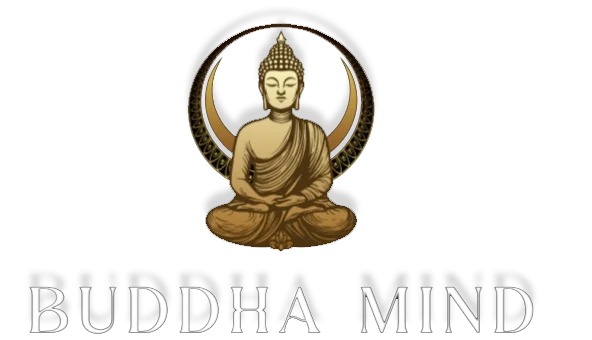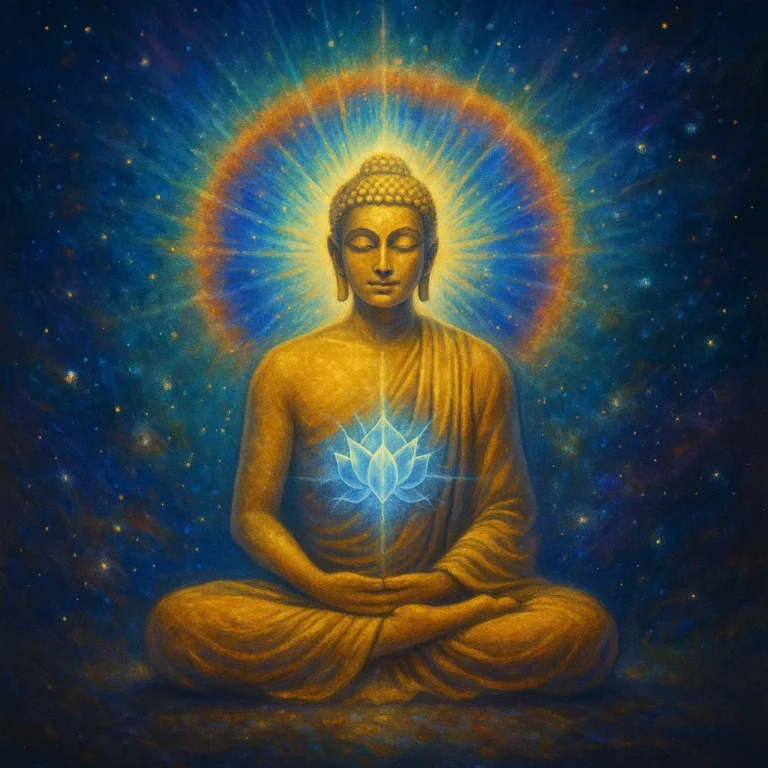The Journey Beyond Illusion: Stages and Steps to Enlightenment
Enlightenment isn’t a flash of lightning on a mountaintop. It’s a steady shift — from confusion to clarity, reactivity to peace, and craving to freedom. If you’ve ever found yourself searching for purpose or peace, you’re not alone. Many turn to the stages of enlightenment not just for spiritual insight, but for a map to deeper understanding.
Across Buddhist traditions, these stages are described in remarkably precise terms. They show how levels of enlightenment aren’t just abstract philosophy — they mark real, lived transformations. Understanding them offers both direction and encouragement on a path that can often feel uncertain.
What Is Enlightenment, Really?
At its core, enlightenment is freedom from suffering. Not temporary relief or mood enhancement, but deep, irreversible liberation. In Buddhism, this means realizing the truth of impermanence, non-self, and the end of craving.
It’s not a belief or idea — it’s a direct experience. You stop grasping. You stop fearing. The mind becomes still not because it’s empty, but because it no longer clings. This freedom doesn’t depend on circumstances. It’s something you carry, not something you chase.
Why Stages Matter More Than Goals
Understanding the levels of enlightenment helps in two major ways:
- Orientation: You begin to see where you are on the path, without self-judgment.
- Inspiration: You realize liberation isn’t reserved for saints or monks — it’s gradual and achievable.
Each stage reflects a deeper release from illusion, showing what real change looks like, step by step.
The Four Classical Stages of Enlightenment
In Theravāda Buddhism, enlightenment is mapped through four significant stages. Each represents a powerful psychological and spiritual shift, not just symbolic steps.
1. Sotāpanna – Stream-enterer
The doorway opens here.
This first breakthrough involves overcoming three major mental fetters:
- Belief in a fixed, unchanging self
- Blind attachment to rituals
- Doubt about the path
Once this insight occurs, the practitioner will no longer be reborn in lower realms and is guaranteed full enlightenment within seven lifetimes.
Why it matters: This is the first irreversible insight. Often described as “seeing the Dhamma,” it marks the moment when theory becomes undeniable reality.
2. Sakadāgāmi – Once-returner
This stage represents refinement — not dramatic change, but deepening.
Two more fetters are weakened:
- Sensual desire
- Ill will
A once-returner may be reborn in the human realm only once more. At this level, the heart softens, reactions ease, and self-restraint becomes more intuitive.
3. Anāgāmi – Non-returner
Now we’re beyond earthly attachment.
This level is defined by the complete eradication of:
- Sensual desire
- Ill will
A non-returner is not reborn in the human world but in higher, more peaceful realms. What replaces craving is equanimity. Deep inner stillness. Compassion without ownership. Wisdom without arrogance.
4. Arahant – Fully Enlightened One
The final liberation.
At this stage, all ten fetters fall away, including:
- Craving for form or formless existence
- Conceit
- Restlessness
- Ignorance
There’s no further rebirth. No fear. No clinging. No illusion. The mind is utterly free, unshaken by gain or loss. An Arahant doesn’t need to seek peace — they embody it.
These stages of enlightenment aren’t checkpoints to chase, but natural unfoldings when the right inner conditions arise.
Walking the Path: 5 Practical Steps to Enlightenment
Enlightenment may be vast, but it doesn’t have to be vague. Here’s how modern and traditional teachings frame the steps to enlightenment in simple, actionable terms.
Step 1: Mindfulness (Sati)
The base of everything. Train your attention. Come back to the breath. Notice the moment without running from it or reaching for more. Be here now — fully.
Step 2: Ethical Conduct (Sīla)
Without integrity, inner peace crumbles. Follow five core precepts: avoid harming, lying, stealing, sexual misconduct, and intoxication. This clears the ground for deeper stability.
Step 3: Concentration (Samādhi)
Stillness sharpens the mind. Meditation methods like focusing on the breath or cultivating loving-kindness help create calm that sustains awareness.
Step 4: Insight (Paññā)
When the mind is stable, wisdom blooms. You begin to see clearly — impermanence, unsatisfactoriness, and the illusion of self. This insight isn’t intellectual. It cuts through confusion.
Step 5: Letting Go
You release again and again — not just things, but fixed ideas, reactive habits, and your very need to control experience. Each letting go brings lightness.
These steps are not separate — they support each other. Ethical behavior grounds concentration. Concentration supports insight. Insight deepens detachment.
How Modern Teachers Reframe Enlightenment
In today’s mindfulness movement, particularly in the West, there’s been a shift in language around the levels of enlightenment. Many modern teachers focus less on cosmic rebirths and more on psychological maturity.
They emphasize:
- Gradual, integrated transformation
- Consistency over charisma
- Presence in daily life over mystical experiences
The takeaway? You don’t need robes or a cave to wake up. You just need awareness — lived, practiced, and embedded in how you relate to life.
Avoiding Common Pitfalls
Even sincere practitioners face traps. Here are a few worth noting:
- Spiritual materialism: Treating enlightenment like a status symbol
- Ego inflation: Believing you’re more advanced than others
- Discouragement: Thinking you’re not progressing fast enough
Progress in insight is subtle. Sometimes the biggest shifts feel like nothing at all. Trust the process. Stay humble. Keep practicing.
The Attention Economy: Why Awareness Matters More Than Ever
In a world where everything competes for your focus, meditation becomes a form of rebellion.
Apps, games, and platforms — including fast-action distractions like Aviator, created by Spribe — are designed to hijack your attention in milliseconds. You’re not just playing a game. You’re playing with your neural wiring.
Mindfulness helps reclaim your agency. It lets you notice when you’re pulled in, pause before reacting, and choose awareness over impulse. Recognizing that you’re hooked — whether by a screen, a story, or a craving — is the first crack in illusion.
This awareness is the first step to true liberation — not just from suffering, but from manipulation.
Enlightenment as a Living Path
If all of this sounds big — that’s because it is. But it’s also simple.
One breath. One ethical choice. One moment of letting go. Each is a thread in the tapestry of awakening.
Whether you resonate with the traditional stages of enlightenment, the psychological levels of enlightenment, or the modern steps to enlightenment, one truth remains: the path is here. Always. Waiting for your next step.







